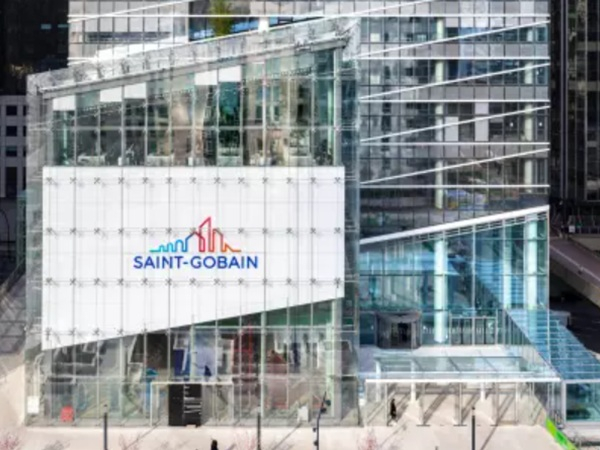Date: 13 March 2006
The following comments mainly relate to the Groups 2005 consolidated data excluding the impact of BPB.Group sales climbed 8.4% on an actual structure basis, and 3.6% like-for-like.At constant exchange rate, consolidated sales rose by 7.4% on an actual structure basis and 2.7% like-for-like. Sales prices edged up by 1.9% on average, while volumes were up by 0.8%.
BPBs accounts are reflected in Saint-Gobain Groups consolidated data for 2005 as from December 1, the date at which they were fully consolidated within the Construction Products (CP) Sector. The public tender offer followed by a squeeze-out procedure launched on December 7 resulted in the delisting of BPB shares with effect from January 9, 2006 and the acquisition by Saint-Gobain of all of BPBs capital on January 19, 2006.
Overall, all of the Groups sectors reported like-for-like sales growth in 2005.
As in the first half, the Groups growth over the year was mainly driven by businesses relating to the residential construction market. The Insulation Division, in particular, turned in the Groups highest organic growth figures, at 7.1%.
- The Building Distribution Sector made the largest contribution to growth in consolidated sales and operating income on a reported basis, posting a 13.2% increase in sales and a 16.5% rise in operating income. Thanks to recent internal progress and the positive contribution from recent acquisitions (especially Dahl, Sanitas-Troësch, and Optimera), the Building Distribution business registered a further improvement in operating margin to 5.7%, as against 5.6% in 2004. Robust French and Scandinavian markets continue to spearhead the Sectors growth, whilst Germany, and to a lesser extent the UK remain on a downward trend.
- The High-Performance Materials Sector reported a renewed increase in sales and operating income on an underlying basis thanks to a sustained improvement in the Ceramics & Plastics and Abrasives Divisions, which continue to benefit from vigorous manufacturing and industrial investment activity, notably in the US. Despite a recent upturn in volumes in Reinforcements, falling sales prices dented the divisions profitability.
- Sales volumes continued to progress in the Flat Glass Sector, with an upturn in the construction markets in both Europe and emerging countries countering the drop in Automotive sales observed in the second half. Due to the energy surcharge, sales prices for flat glass used in the building industry are slightly up on average compared with 2004. However, certain non-recurring start-up costs reported in emerging countries weighed on operating income.
- Packaging registered a slight rise in like-for-like sales, mainly due to price increases implemented throughout the year, in particular in the second half. However, rising prices failed to counter the significant impact on the sectors operating income of the spike in the cost of energy and particularly natural gas in the US.
- On the back of strong contributions by each of its businesses, the Construction Products Sector posted the Groups highest like-for-like growth in terms of both sales, which jumped 6.0%, and operating income, up 13.6%. Building Materials and particularly Insulation, with sales growth of 5.2% and 7.1% respectively, continued to reap the rewards of buoyant construction markets in the US and Europe, barring Germany. The Insulation business also profited from intensified development and tighter legislation regarding improved thermal insulation in homes, especially in the UK. Pipe sales experienced a sharp turnaround in the last three months of 2005, which took its organic growth to 5.6% for the full year. Increases in the cost of raw materials were comfortably offset by significant price increases implemented from early 2005 onwards across the Sector, driving up profitability.
Saint-Gobain has initiated a series of actions concerning the divestiture program it announced at the end of 2005, and has launched a strategic reflection process regarding Calmar. The findings of this process should be known during the first half of 2006. Other divestitures are also being considered.













Add new comment